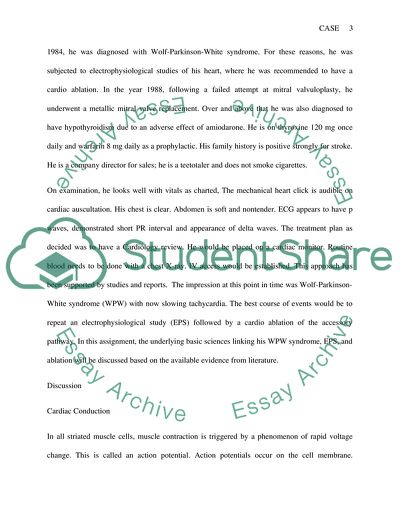Cite this document
(Medicine - Cardiac Conduction Case Study Example | Topics and Well Written Essays - 2500 words, n.d.)
Medicine - Cardiac Conduction Case Study Example | Topics and Well Written Essays - 2500 words. Retrieved from https://studentshare.org/health-sciences-medicine/1728906-case-presentation-medicine
Medicine - Cardiac Conduction Case Study Example | Topics and Well Written Essays - 2500 words. Retrieved from https://studentshare.org/health-sciences-medicine/1728906-case-presentation-medicine
(Medicine - Cardiac Conduction Case Study Example | Topics and Well Written Essays - 2500 Words)
Medicine - Cardiac Conduction Case Study Example | Topics and Well Written Essays - 2500 Words. https://studentshare.org/health-sciences-medicine/1728906-case-presentation-medicine.
Medicine - Cardiac Conduction Case Study Example | Topics and Well Written Essays - 2500 Words. https://studentshare.org/health-sciences-medicine/1728906-case-presentation-medicine.
“Medicine - Cardiac Conduction Case Study Example | Topics and Well Written Essays - 2500 Words”, n.d. https://studentshare.org/health-sciences-medicine/1728906-case-presentation-medicine.


